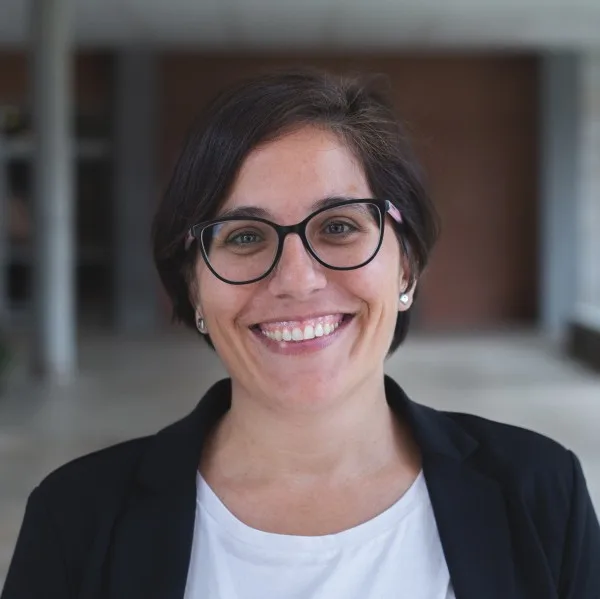A research team from the Campus Gandia of the Universitat Politècnica de València (UPV) is studying the decontamination of vehicles damaged by the DANA storms, in collaboration with the Generalitat and the affected municipalities.
“Natural disasters leave behind numerous consequences that require emergency measures rather than standard responses. This is the case of the DANA disaster on October 29, which, among other events, left more than 120,000 damaged vehicles in its wake. This is hazardous waste and must be treated as such,” says Maite Sebastiá, an expert in Environmental Assessment and Management at the Campus Gandia.

According to Sebastiá, the Public Administration, “fully aware of the lengthy procedures involved under normal circumstances, worked to develop exceptional solutions.” The Albal City Council has formally requested the General Directorate for Environmental Quality and Education, part of the Department of Environment, Infrastructure, and Territory of the Generalitat Valenciana, to authorize the installation of a pilot plant in the Braç del Vicari industrial estate—via a declaration of responsibility—for the decontamination of these vehicles. José Andrés Sanchís, a research professor at Campus Gandia, explains that before damaged vehicles can be recycled, they must first be drained of engine fuel, oil, and other fluids such as antifreeze, coolant, and brake and clutch fluids.

In this context, Miguel Ángel Méndez, a student of the Bachelor’s Degree in Environmental Sciences, is dedicating his final degree project to the topic: “Management of Vehicles Affected by Natural Disasters: On-Site Treatment or Relocation? Case Study of the Valencia DANA”. The study aims to evaluate whether these temporary facilities can be implemented in other municipalities and serve as a blueprint for managing future emergencies.
The project is overseen by Maite Sebastiá and José Andrés Sanchís, alongside Jorge Blanco, Director General of Environmental Quality and Education of the Generalitat Valenciana.
Alongside the on-site decontamination initiative, the Generalitat, in partnership with local authorities, executed an emergency plan to swiftly remove nearly all vehicles impacted by the flooding. In coordination with authorized treatment centers (CATs) across Spain, the removal of all affected vehicles was efficiently managed, and a system was established to identify and track them.
“Preparedness is key to effectively managing the waste generated by natural disasters. Precautionary measures call for local authorities, in coordination with relevant stakeholders, to proactively plan a comprehensive set of responses to be activated during both the emergency and early recovery phases. The Bachelor’s Degree in Environmental Sciences prepares professionals with the skills needed to address planning and emergency response challenges, ensuring that environmental damage does not worsen,” concludes Maite Sebastiá.

